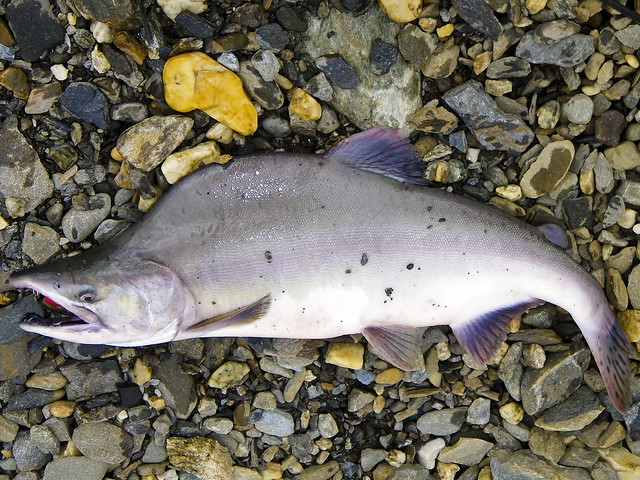
Researchers say voracious pink salmon are thriving at other species expense.
Pink salmon are wildly abundant in odd-number years and less abundant in even-number years. They comprise nearly 70 percent of what’s now the largest number of salmon populating the North Pacific since the last century.
But an increasing number of marine researchers say the voracious eaters are thriving at the expense of higher-value sockeye salmon, seabirds and other species with whom their diet overlaps.
In addition to the flourishing wild populations of pink salmon, Alaska hatcheries release 1.8 billion pink salmon fry annually. And hatcheries in Asian countries contribute an additional three billion-plus fish.
LINK (via: CBC )






Pink – The New Carp…